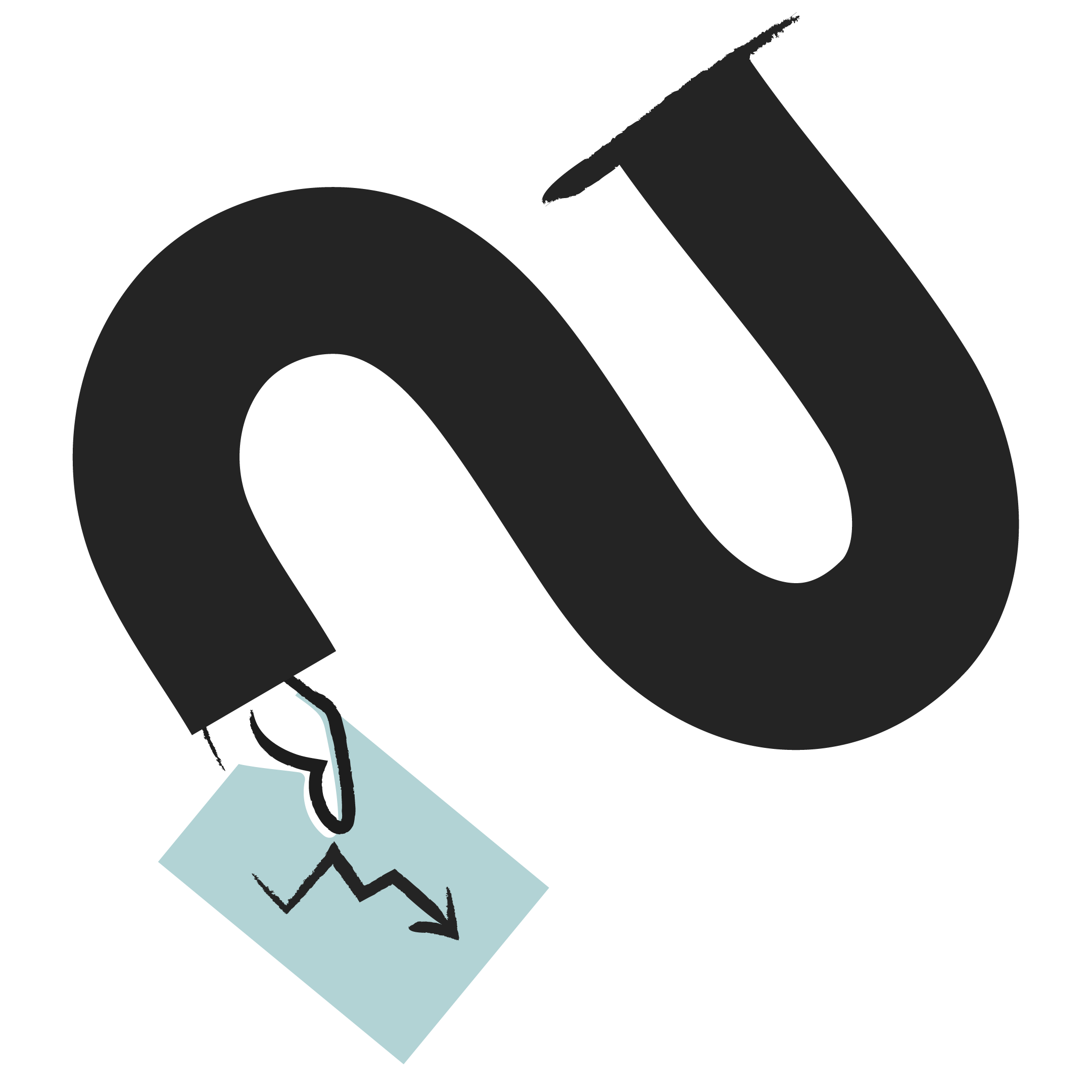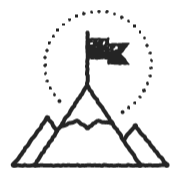
What are PandaDoc Offsites and their purpose?
If you had a chance to check out the first issue of Bam-Boo magazine, you already know that PandaDoc is a remote-first company. All Pandas are free to choose where to work and, most of the time, how to plan their work day.
Working remotely seems to be a blessing with all its freedom, time and money savings, and more time with loved ones. On the other hand, it's followed by a bunch of burdens and concerns:
- How to address an essential topic with team members scattered around the globe?
- Does the communication within the department keep failing?
- How to express your ideas clearly and cut the risk of misinterpretation?
- How to avoid distractions and retain focus while working from home?
If you've ever worked remotely, you have probably had any of those questions in mind. So, it might be an excellent way to leave your cozy home for a while and spend quality time with a team. That’s why our Pandas keep organizing offline team events or 'offsites' now and then. Every Leader at PandaDoc has a budget available for their disposal. As long as it fits the approved budget, leaders are free to organize offsites for their teams without any hustle.
Still, coordinating offsites in the unpredictable world we live in today might be a real challenge. Denis Salnikov, Head of Agile Practices, shared insights on how not to miss anything in planning and encourage good communication to savor the results.

PandaDoc Offsite in a nutshell
In short, offsite lets the team gather away from ordinary work environments and focus on a strategy as a team. Most PandaDoc Offsites last three days but may take up to a week to cover all the topics.
Over the last two years, we've highlighted three main issues to address more efficiently offline:
- How to develop a new product and lead a business to its goals;
- How to form a new team (especially a Track Leadership team);
- How to plan a new quarter.
But of course, this list is not explicit and may vary if there are more urgent questions. For example, one time we turned to discussing how to adjust strategy for the rest of the year due to market conditions.
We recommend all PandaDoc departments and teams get together at least bi-annually. That's a great way to boost interpersonal relationships, re-enforce trust within the group and hang around your inspiring fellow Pandas.
Preparation
Goals and agenda
The free flow of ideas requires the proper context. Therefore, offsite preparations start 3-5 weeks upfront, choosing the location and dates that would suit most participants. Luckily, at PandaDoc, our Travel Assistant takes care of the venue, accommodation, and logistics for participants — all that would help them enjoy their time. Despite the latest events, we managed to have participants from Ukraine, though female ones, but this may change with the ‘Дiя Сiтi’ program.
At the same time, the organizing group formulates clear goals for the offsite and a list of expected outcomes. This way, all offsite participants have North Star to follow, and risks of getting lost are minimal. After that, the organizing group moves to design the agenda.
Usually, we center the offsite’s agenda around its goals and existing constraints, such as the number of days, the group’s size, coffee breaks and lunches, etc.

Your agenda should look like a roadmap that moves you towards the goals step by step. We hold offsites not only to address business issues but also to help people get to know each other. That’s why I like to include exercises that make the group work in smaller sub-groups and then present results to the audience.
One of my favorite exercises for that is a Liberating Structure called 1-2-4-All. It provides a proper balance of individual thinking and consolidation of the group's results. With this one, you ensure that nobody will stay silent and everyone will have a chance to be heard.
Designing the event
This part is usually either led or supported by our fellow scrum masters. With the goals and expected outcomes in mind, as well as potential constraints (diversity of the group, number of participants, timing, etc), they create time-boxed exercises and activities. Other members of the organizing group are more than welcome to contribute.
This process may take up to 3 weeks with several iterations. As a result, the organizing group has a clear event facilitation plan like the one you see below.
I try to mix up passive practices that require listening with active exercises to keep people engaged and prevent their focus from blurring. It is also important to include ‘Icebreakers’ and ‘Warm-ups’ after long breaks to shake people up.

The exercise "Count to three", which I’ve taken from one of my fellow Scrum Masters, helps with that. Here is how it works: the whole group creates a circle and counts aloud one by one. When they reach a number that either contains three (e.g., 3, 13, 23, etc.) or can be divided by three (e.g., 6, 9, 12, 15, etc.), a person should jump instead of saying that number. If they succeed, the count continues. If they fail, we start again. That helps to both activate the brain and shake up physically. Plus, it usually makes everyone laugh.
When all the planning is done, the organizing group makes the list of equipment required at the venue and final adjustments to the event's timing.


At the Offsite
Facilitation
Driving a discussion in a group of more than five people is always challenging. The presence of one or several facilitators at each offsite makes things much more manageable. Over time, we've learned the importance of good facilitation and now address this in two ways.
First, any large group, especially at the Track Leadership Offsites, can ask scrum masters for their assistance. Depending on the request, schedule, and other matters, scrum masters can either help with the offsite's facilitation plan or get directly involved, even if they don't manage these groups permanently.
However, we see value in self-organized groups. That's why we conduct regular internal Facilitation Basics classes to make team communication more structured and efficient without a dedicated Facilitator in the room. We believe facilitation is an important skill; the more people have it, the better. One of the things we teach there is: "If something can go wrong, it will." I recall at least three cases when we had to adapt the offsite plan on the go due to a sudden update from the C-level or some exercises not going as expected.
For example, the Team Canvas exercise didn't go as planned — there were zero to no ideas. The group was relatively new and struggled to develop specific agreements from scratch. Therefore, we agreed to revisit Canvas after planning the next quarter. That enabled the group to specify practical strengths and weaknesses, working agreements, and mutual expectations based on the observations of these three days.

We encourage our Pandas to take the initiative and help the whole group adapt to changing circumstances and not just blindly follow the plan.
With all the proper facilitation, most of our offsites end up having NPS 30+, which proves participants are satisfied with both the content and the format.
After the Offsite
The offsite is over, flip charts are cleared, and chairs are put back in their places. What's next? This heavily depends on the agenda of the offsite. Usually, the groups leave with a better understanding of the strategy for the next few months or half a year. At the same time, gatherings aimed at improving trust and collaboration in the group may result in 'Team Agreements, Rules and Action Steps.' These serve as a 'contract,' defining the behavior and responsibilities within the group.
There are many methods to assess team collaboration and maturity, such as Tuckman's model, Lencioni's pyramid, PERILL, and many others. Though none of them is ultimately correct, they can help to navigate the team's progress.

What I usually try to assess after offsites is whether the transparency and trust in the group increased or not:
- Have people started to contribute more actively?
- Has the diversity of inputs increased?
- Do people collaborate on a more regular basis and ask for help more actively?
- How often do they breach or refer back to the working agreements achieved at the offsite?
These and many other factors contribute to my overall impression of how useful the offsite was and what agenda points we could improve in the future.


Fun during the Offsite (related to PandaDoc Values)
Each PandaDoc offsite is unique. However, the proper balance of focused work and good time spent together never changes. Our Pandas always find time to have fun, be it a GoKart racing, Quiz Night, sightseeing tour, wine tasting, or cooking master class. That helps to get everyone energized, create shared memories and boost interpersonal relations. In the end, 'we're known for our work-life balance, kind co-workers & awesome holiday parties', right?
While your regular leadership offsite might focus on the future, getting the actual work done works much better for creating team bonds within an engineering team. That’s why they tend to last longer, like one whole week.

This may take the form of writing the code together in Pair Programming or Mob Programming, designing the architecture in the EventStorming workshop, conducting a number of Customer Interviews, or others. For that, you need to ensure there are suitable tasks chosen upfront and the team is either familiar with those practices or there is someone able to lead it for them.
And, of course, don't forget to make sure to have some fun together, like a GoCart racing, hiking, or wine tasting.

How to run a successful multi-team sprint review
A sprint review is an ideal way to show all the hard work and accomplishments of a team at the end of a sprint. Based around transparency, it shows work that’s completed or unfinished, plus projects that have been added and removed from the sprint. One of the most valuable parts of this informal meeting is feedback from participants, as it’s often better understood verbally.

How PandaDoc Pivoted Its Business Model in 24 Hours
Businesses are constantly adapting to internal and external events to remain competitive and deliver what their customers need. This is a normal and constant process, and it usually happens gradually over a long period of time with pricing changes, new product launches, market repositionings, and expansion. But once in a while, an extraordinary event like COVID-19 makes a business jam-pack major changes into a very tight schedule. That's what this story is about.
-min.png)
Building Agility on Scale
At the fast-growing stage, any company starts facing the problem of scaling. In this article, we’d like to share how we manage scaling while staying adaptive to the market changes and suggest experiments to implement in your company (check the “try/avoid” sections).
